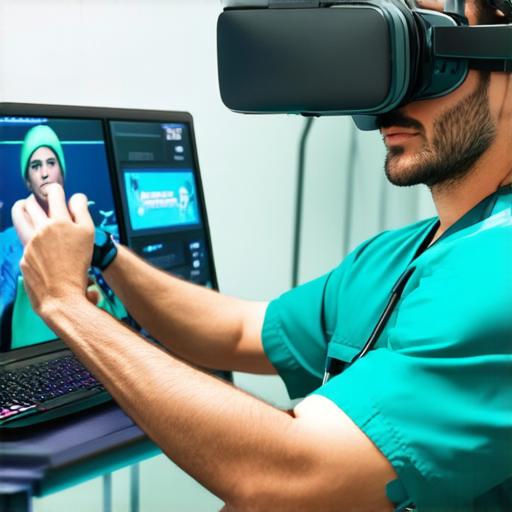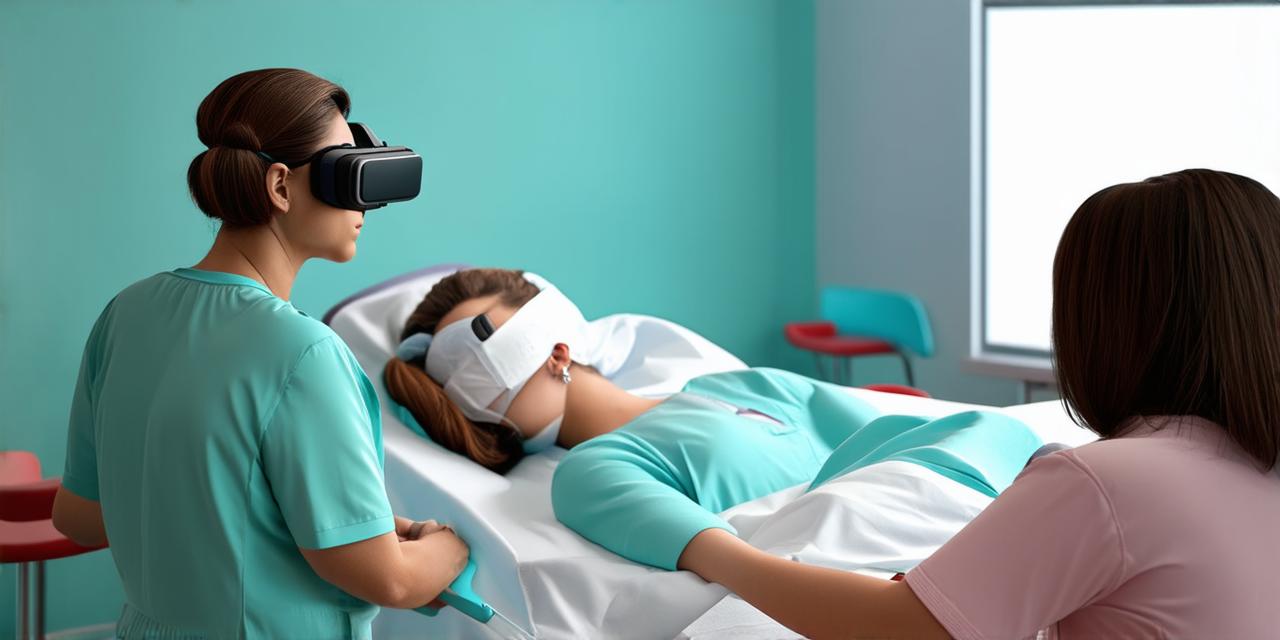Virtual reality (VR) is rapidly transforming the way we learn and interact with our environment. In nursing education, VR offers an innovative approach to training that provides immersive, hands-on experiences for students.
Improved Patient Outcomes
One of the most significant benefits of VR in nursing education is its potential to improve patient outcomes. By simulating real-world scenarios, VR allows nursing students to practice their skills in a safe and controlled environment. This means that they can make mistakes and learn from them without risking the safety of real patients. For example, a VR simulation could allow a nursing student to practice administering medication or performing a procedure on a virtual patient. If the student makes a mistake, they can receive immediate feedback and correct their mistake before moving on to the next task. This type of hands-on training has been shown to reduce the number of medical errors and improve patient outcomes.

Reduced Costs
Virtual reality also offers cost savings for nursing education programs. Traditional nursing education requires expensive equipment, such as mannequins and simulators, which can be difficult for some institutions to afford. VR technology, on the other hand, is relatively inexpensive and can be used in a variety of settings, including classrooms, hospitals, and clinics. This means that nursing education programs can offer more immersive and hands-on training to their students without breaking the bank. In addition, VR technology can also reduce the need for expensive clinical placements, which can further reduce costs.
Enhanced Learning Outcomes
Virtual reality has been shown to enhance learning outcomes in nursing education. By providing a more engaging and immersive learning experience, VR can increase student motivation and retention rates. For example, a study published in the Journal of Nursing Education found that students who used VR simulations had higher exam scores than those who used traditional teaching methods. In addition, VR technology can provide personalized feedback to individual learners, which can help them identify areas where they need to improve and focus their learning efforts accordingly.
Real-Life Examples
Many nursing schools and hospitals are already using virtual reality in their education programs. For example, the University of California, San Francisco (UCSF) School of Nursing has partnered with VR company Oculus to develop a VR simulation that allows students to practice administering medication to virtual patients. The simulation is designed to mimic real-world scenarios and provide immediate feedback to students on their performance. Similarly, the Mayo Clinic uses VR technology to train nurses in surgical procedures and other complex medical procedures. By using VR simulations, nurses can gain valuable hands-on experience without risking the safety of real patients.
Expert Opinions
Virtual reality is also gaining traction among nursing experts and industry professionals. According to Dr. Janice Cavanaugh, Professor of Nursing at UCSF, “VR has the potential to revolutionize nursing education by providing students with immersive, hands-on experiences that can improve patient outcomes and reduce costs.” Similarly, Dr. David Hines, Chief Medical Officer at Oculus, believes that VR technology can help nursing schools and hospitals meet the growing demand for skilled healthcare professionals.
FAQs
Q: What types of VR simulations are used in nursing education?
A: VR simulations can be used to train nurses in a variety of scenarios, including administering medication, performing procedures, and providing patient care.
Q: How does VR technology reduce costs in nursing education?
A: VR technology is relatively inexpensive and can replace expensive equipment and clinical placements, reducing costs for nursing education programs.
